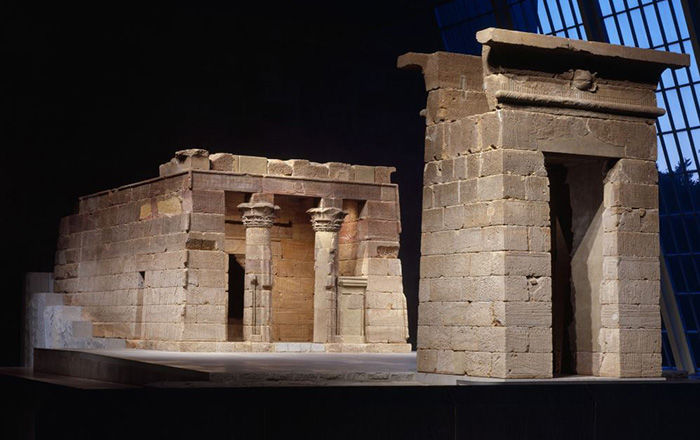Head of Tiye
Third Intermediate Period
Not on view
In the 1923–24 the Metropolitan Museum excavated a tomb (MMA 60) that was used for the burials of at least twelve elite individuals who lived around 1000 BCE. The tomb included the mummified body and funerary equipment of a woman named Tiye, who was a singer for the god Amun. As was often the case at the time but is considered unethical today, her mummy was unwrapped, partially dissected, and studied by The Met’s archaeologists and a medical professional, in this case Douglas Derry, a professor of Anatomy at the School of Medicine in Cairo. It is unknown when and how Tiye’s head was detached from her body. This might have happened accidently during the unwrapping, but it is also possible that it was purposefully separated during the study of her body.
Tiye’s extended ear lobes have very large piercings for the substantial earrings that she must have worn in life. A second set of piercings were made further up the lobe and are much smaller. During mummification Tiye’s cheeks had been filled with packing material to give a more life-like impression. However, the tip of her nose was crushed downward and to the side by the pressure of the linen bandages.
At the time of the excavation a system called partage, or division of finds, was standard practice in Egypt. This meant that about half of the finds were allocated to the institution or individuals sponsoring the excavations, while the other half remained the property of the Egyptian government and went to the Egyptian Museum in Cairo or was stored locally. As part of this system the Museum received objects from Tiye’s burial equipment (such as her inner coffin, see 25.3.315a, b) as well as her head, while Tiye’s body seems to have remained in Egypt.
This image cannot be enlarged, viewed at full screen, or downloaded.

